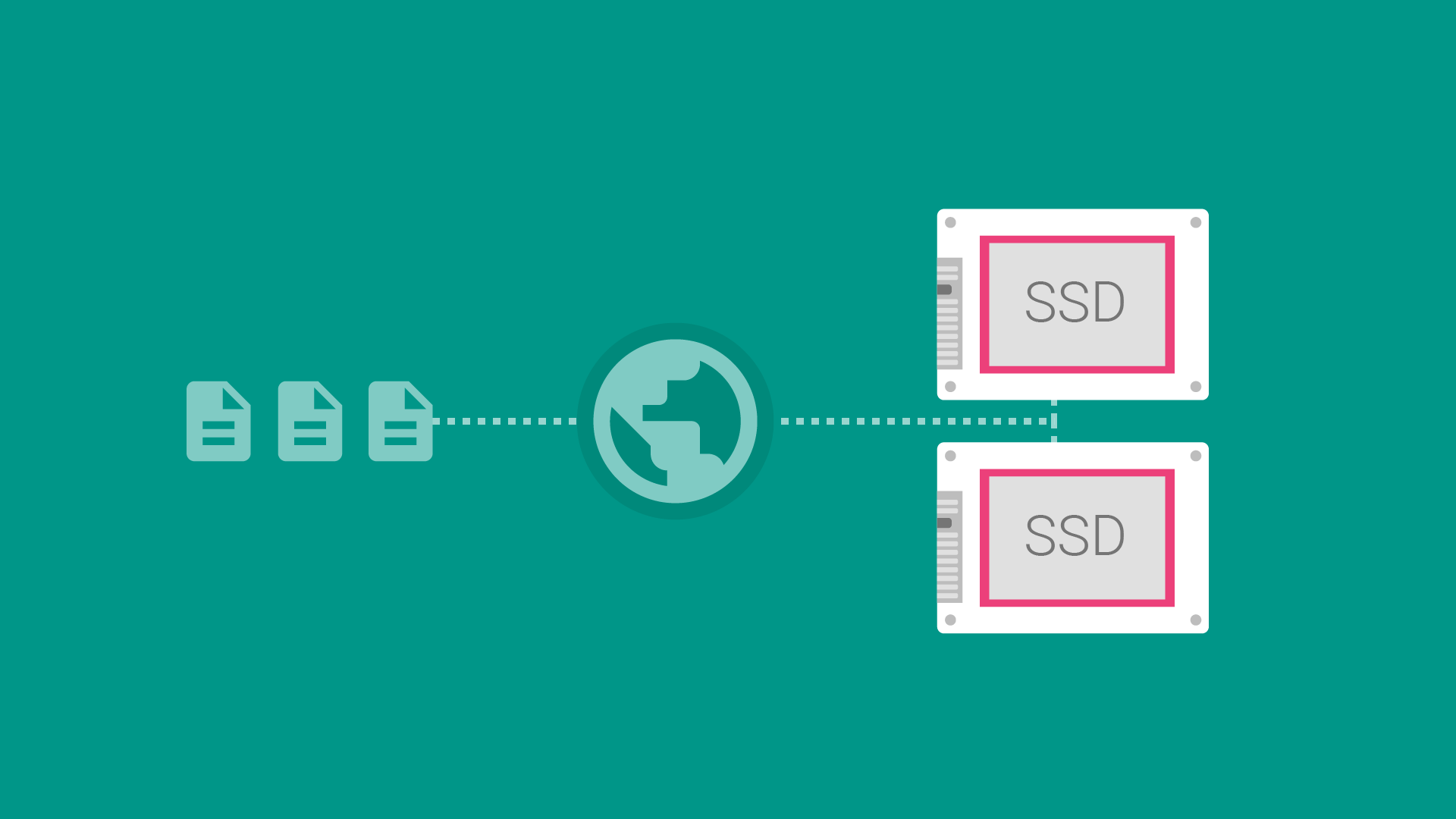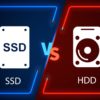- Empty cart.
- Continue Shopping
What is SSD?

Solid State Disk drives (SSD) are the latest form of non-volatile memory that stores information. It is the advanced form of storage wherein the data is not lost even when the power of the device is disconnected, unlike volatile memory such as RAM. SSD does not involve the need for spinning the drive around platters to find information, generating a higher speed in terms of performance. As the data is not lost at any time, the information of websites is detected and loaded quickly.
When compared to HDD, SSD performs much better and allows users to access data significantly faster. To be precise, HDD takes about 15-20 seconds to locate before it can be read or modified while SSD takes about 0.2 milliseconds. Therefore, in the advanced era where every second is crucial, SSD provides an appreciable advantage to users.
[/et_pb_text][/et_pb_column][/et_pb_row][et_pb_row _builder_version=”3.29.3″ width=”79%” max_width=”783px” module_alignment=”center”][et_pb_column type=”4_4″ _builder_version=”3.29.3″][et_pb_text _builder_version=”3.29.3″][/et_pb_text][/et_pb_column][/et_pb_row][/et_pb_section]





